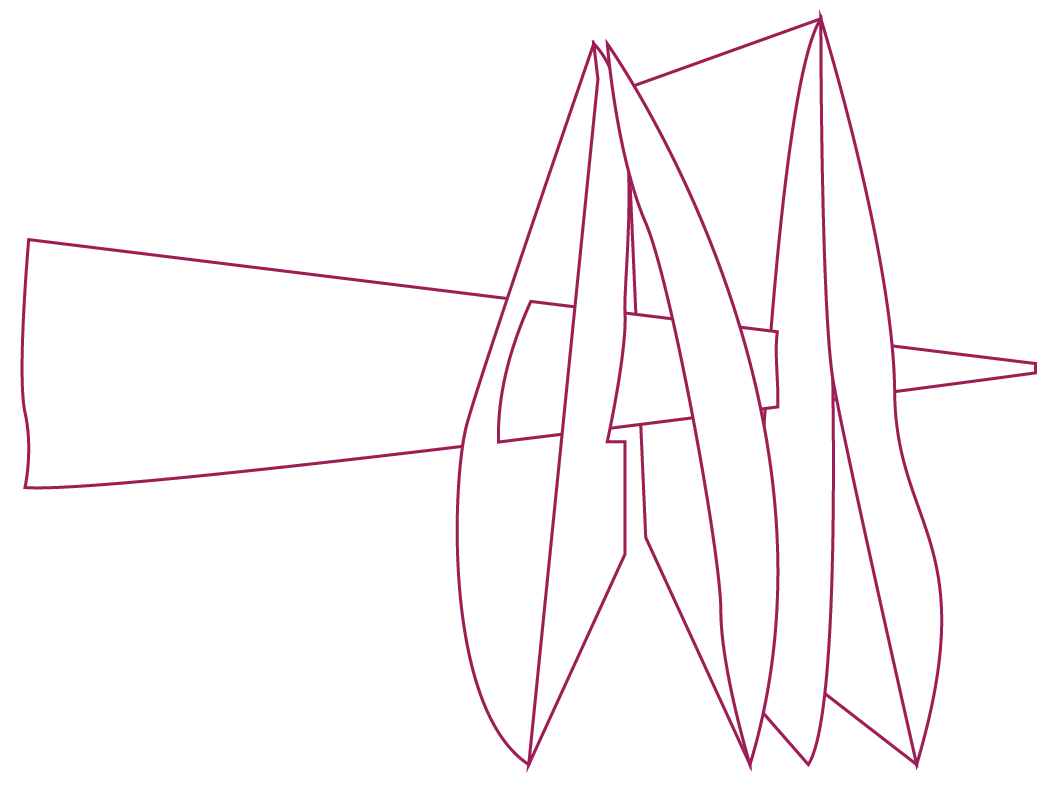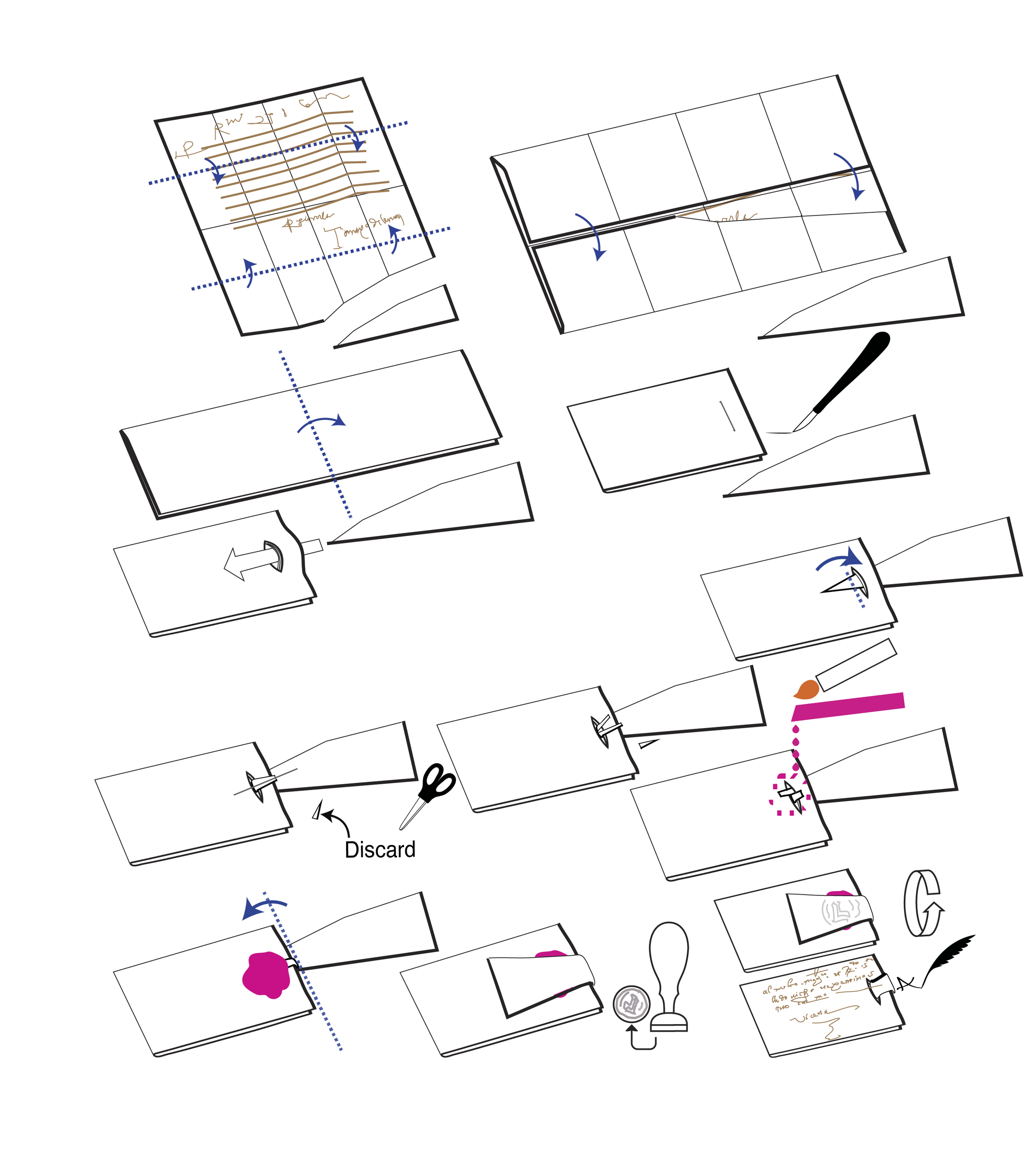Letterlocking – Unlocking History
Welcome to letterlocking! You can find essential information about letterlocking and the Unlocking History Research Group here.
Working towards openness & accessibility
The Unlocking History team is developing a system to make our resources accessible. Please check back for updates.


